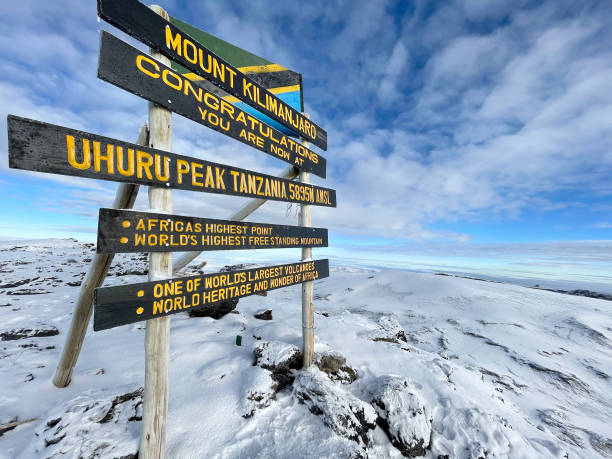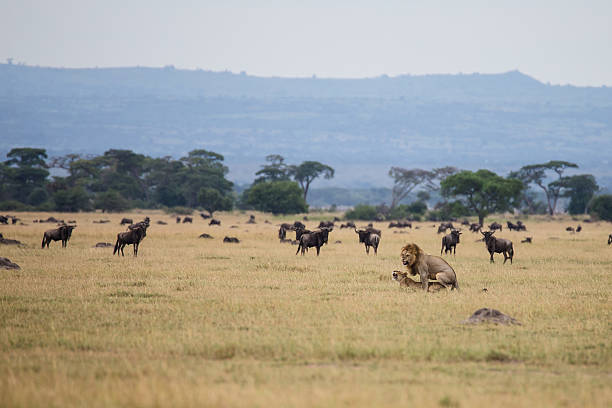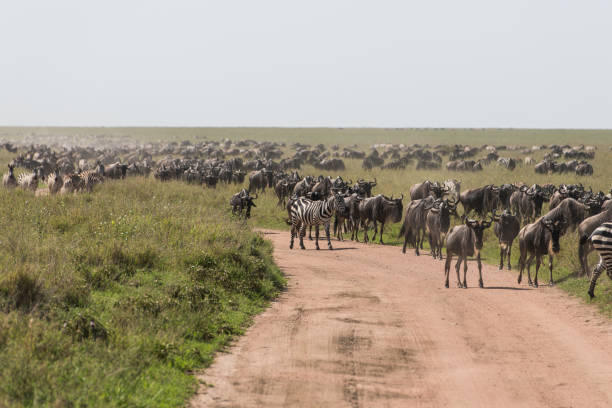Local Cultures in Tanzania
Overview
Tanzania's rich cultural heritage is shaped by its diverse ethnic groups, languages, traditions, and customs. The coexistence of various cultures makes Tanzania a melting pot of traditions that influences everything from social structure to daily life.
Ethnic Groups
- Sukuma: Known for their agricultural prowess, the Sukuma also have vibrant traditions in music and dance. Their social structures often revolve around clan systems, with elders playing crucial roles in decision-making.
- Maasai: Famous for their distinct attire, which includes shúkà (a traditional red cloth) and elaborate beadwork, the Maasai maintain a semi-nomadic lifestyle centered around cattle herding. They also practice rites of passage that are significant in their culture.
- Chaga: Inhabitants of the slopes of Mount Kilimanjaro, the Chaga are skilled farmers and traders. Their cultural practices include unique marriage customs and the construction of traditional huts called banda.
- Zaramo: The Zaramo people are known for their rich tradition of storytelling and their skills in pottery and weaving. They celebrate various festivals, showcasing their unique music and dance forms.
- Hehe: This group is recognized for their historical resistance against colonialism. Their cultural practices include traditional farming techniques and communal living.
Languages
- Swahili: As the official language of Tanzania, Swahili serves as a bridge among different ethnic groups, promoting unity and communication.
- Indigenous Languages: Languages such as Sukuma, Chaga, and Maasai are crucial for preserving cultural identities and heritage.
Traditions and Customs
- Family Structures: Tanzanian families typically have strong kinship ties, with extended families often living together. Elders are revered and play a significant role in family decisions and cultural education.
- Religious Practices: The mix of traditional beliefs, Christianity, and Islam influences daily life and rituals. Ancestor worship and nature spirits are important in some communities.
Music and Dance
- Traditional Music: Music is often used in storytelling and cultural expression. Instruments like the ngoma (drum), kibimba (a stringed instrument), and flutes are commonly played.
- Dance Forms: Different tribes have specific dances associated with celebrations, rituals, and storytelling. For example, the Maasai jumping dance symbolizes strength and is performed during ceremonies.
Art and Craftsmanship
- Beadwork: Maasai beadwork is not only decorative but conveys social status and identity. Different colors and patterns represent various meanings and affiliations.
- Wood Carving and Basketry: Many Tanzanian communities engage in wood carving and basketry, creating functional items that also serve as art pieces. These crafts are often sold to tourists, providing income for local artisans.
- Textiles: The vibrant kanga and kitenges are essential to Tanzanian culture, featuring colorful designs and often carrying proverbs or messages. These textiles are worn by both men and women for various occasions.
Culinary Traditions
- Staple Foods: Common staples include ugali (maize porridge), rice, and plantains. Fish, particularly from Lake Victoria, is a significant protein source.
- Spicy Dishes: Coastal cuisine incorporates spices like coconut, cloves, and cardamom, heavily influenced by Arab and Indian culinary traditions.
- Festive Foods: Special occasions often feature dishes like nyama choma (grilled meat) and various stews, served with vegetables and starches.
Cultural Activities to Experience
- Cultural Tours: Participating in tours that involve village visits offers insights into local customs and practices. Visitors can engage in activities such as traditional cooking or crafting.
- Festivals: Major festivals, like the Nguvumali and Saba Saba, celebrate local traditions through music, dance, and food, attracting both locals and tourists.
- Workshops: Engaging in craft workshops allows visitors to learn about traditional techniques, such as pottery or weaving, from local artisans.
Travel Tips for Experiencing Local Cultures
- Engage Respectfully: Show genuine interest in local customs and traditions. Engaging with local communities respectfully fosters positive interactions.
- Support Local Artisans: Purchase handcrafted items directly from artisans to support the local economy and preserve traditional crafts.
- Participate in Local Events: Attend cultural events or festivals to experience Tanzanian traditions firsthand, while being mindful of etiquette.
- Ask Questions: When visiting local communities, asking questions about customs and traditions demonstrates respect and eagerness to learn.
Festivals and Celebrations
- Maasai Festivals: Events such as the Eid-al-Adha and the Maasai Olympics celebrate Maasai culture, featuring traditional sports, dances, and rituals.
- Saba Saba (July 7): This day commemorates the founding of the Tanganyika African National Union (TANU) and is marked by various celebrations across the country.
- Kilimanjaro Marathon: This annual event not only promotes fitness but also celebrates the culture of the surrounding communities with music, dance, and local cuisine.
Local Arts and Crafts
- Painting: Many local artists use traditional motifs to depict everyday life, wildlife, and landscapes, often selling their work in markets.
- Sculpture: Stone carvings and sculptures are commonly found in various regions, with artists creating pieces that reflect cultural heritage and nature.
- Pottery: Traditional pottery, especially among rural communities, is both functional and artistic, often featuring intricate designs that tell stories.
Conclusion
Tanzania's local cultures are a vital part of its national identity, offering visitors a wealth of experiences and insights. Engaging with the diverse ethnic groups, their traditions, and customs can provide a profound understanding of the country's heritage. From vibrant music and dance to flavorful cuisine and beautiful crafts, Tanzania's cultural richness invites exploration and appreciation.




